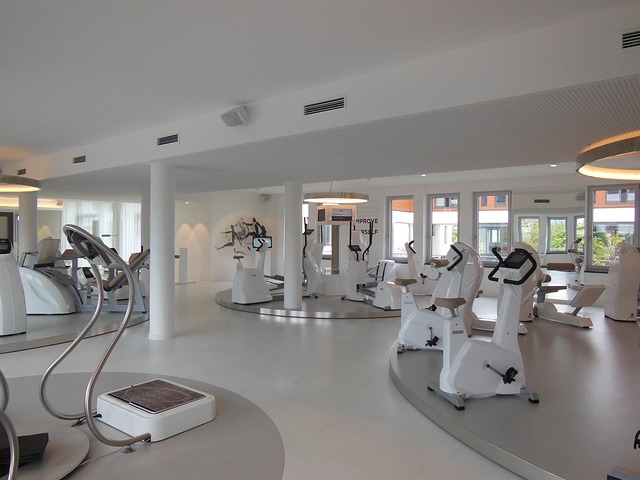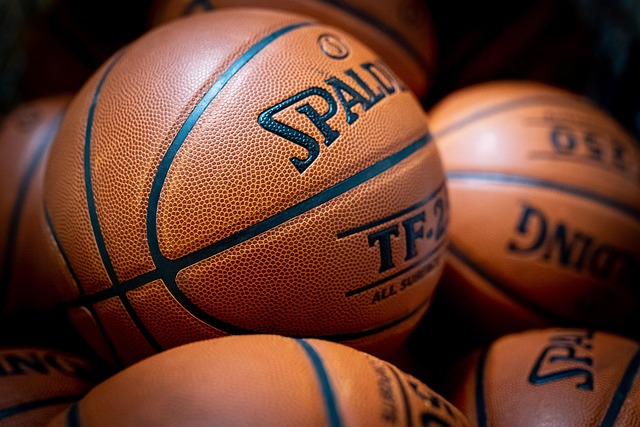In a world where the pursuit of fitness and wellness is constantly evolving, the stories of celebrated athletes provide more than just inspiration—they offer practical, proven pathways to a healthier life. When a sports icon balances rigorous training with thoughtful nutrition, they become a living case study for anyone seeking to improve both body and mind. By studying these patterns, we can translate elite strategies into everyday habits that fit any lifestyle.
The Core of an Athletic Mindset
At the heart of every sports icon’s success lies a disciplined approach to movement. Regular exercise is not just about burning calories; it’s about building resilience, enhancing cardiovascular health, and fostering a sense of control. Research consistently shows that engaging in moderate to vigorous activity for at least 150 minutes a week can lower the risk of chronic diseases such as hypertension, type 2 diabetes, and certain cancers. Beyond the physical, consistent training stimulates the release of endorphins, which can improve mood and reduce anxiety.
Nutrition: Fueling Performance and Recovery
While exercise sets the stage, nutrition scripts the performance. A balanced diet rich in whole foods—fruits, vegetables, lean proteins, whole grains, and healthy fats—provides the building blocks for muscle repair and energy production. Sports icons often tailor their macronutrient ratios to match training demands, ensuring adequate protein for muscle synthesis and carbohydrates for glycogen replenishment. Micronutrients such as iron, calcium, and omega‑3 fatty acids also play pivotal roles in sustaining endurance and reducing inflammation.
Hydration: The Silent Catalyst
Water is essential for every metabolic process. During intense training, a sports icon prioritizes fluid intake to maintain blood volume, regulate body temperature, and support joint lubrication. Dehydration, even at 2% of body weight loss, can impair strength, coordination, and cardiovascular performance. A practical rule is to drink before you feel thirsty and to replenish electrolytes after prolonged workouts, especially in hot climates.
Sleep: The Recovery Engine
Recovery is as critical as training. A sports icon routinely ensures 7–9 hours of quality sleep each night. During deep sleep stages, growth hormone spikes, facilitating tissue repair and protein synthesis. Chronic sleep debt can blunt performance, increase injury risk, and elevate cortisol levels. Establishing a bedtime routine, minimizing screen exposure, and maintaining a cool sleep environment can help athletes—and everyday individuals—reap the restorative benefits of sleep.
Mental Resilience and Goal Setting
Physical prowess alone does not guarantee success. Sports icons cultivate mental fortitude through visualization, mindfulness, and structured goal setting. By defining clear, measurable objectives—such as improving a 5‑k time or increasing bench press weight—athletes maintain motivation and track progress. Regular reflection, whether through journaling or coaching sessions, reinforces self‑awareness and encourages adaptive strategies when setbacks arise.
Practical Meal Planning for Daily Life
Translating elite nutrition into a regular schedule begins with understanding your caloric needs. Start by calculating basal metabolic rate and adjust for activity level. Then, distribute macronutrients: aim for 30–35% protein, 40–45% carbohydrates, and 20–25% healthy fats. Focus on nutrient density—choosing foods that pack vitamins and minerals for their caloric value. Portion control is key; using smaller plates, mindful chewing, and listening to hunger cues helps prevent overeating.
Sample One‑Day Meal Plan
Breakfast: Overnight oats with chia seeds, fresh berries, and a scoop of whey protein. Mid‑morning snack: Greek yogurt topped with almonds and honey. Lunch: Grilled chicken breast, quinoa, and steamed broccoli. Afternoon: A smoothie made with spinach, banana, protein powder, and unsweetened almond milk. Dinner: Baked salmon, sweet potato mash, and a mixed‑green salad with olive oil vinaigrette. Evening: A small portion of dark chocolate or a handful of dried fruit for a satisfying finish.
Exercise Routines for All Levels
- Beginners: Combine 20‑minute brisk walks with basic body‑weight exercises (squats, push‑ups, planks) two to three times a week.
- Intermediate: Add interval training—alternating 1 minute of high‑intensity effort with 2 minutes of active recovery—for 30 minutes, three times a week.
- Advanced: Incorporate strength training with free weights or resistance bands, focusing on compound lifts (deadlifts, bench presses) at least four days per week, and include sport‑specific drills to mimic real‑world movement patterns.
Remember to warm up before each session and cool down afterward with dynamic stretches and foam rolling to reduce injury risk.
Supplements and Micronutrients
Even the most disciplined sports icon recognizes that whole foods can sometimes fall short of specific needs. Vitamin D, B12, and omega‑3 fatty acids are common supplements for athletes, especially those training in low‑sunlight environments or following plant‑based diets. Creatine monohydrate is another evidence‑based supplement that can enhance strength and power output. However, supplements should complement—not replace—a balanced diet. Consulting a registered dietitian or sports nutritionist ensures personalized recommendations that align with individual health status and training goals.
Integrating All Elements: A Holistic Blueprint
Adopting the lifestyle of a sports icon involves synchronizing exercise, nutrition, hydration, sleep, and mental practices into a cohesive routine. Begin by setting a realistic schedule that respects your commitments. Track progress through simple metrics—like weekly training logs or food diaries—to maintain accountability. Celebrate small victories, such as improved endurance or clearer focus, to sustain motivation. Over time, these consistent habits converge to produce lasting health benefits, reduced disease risk, and a stronger, more vibrant you.




